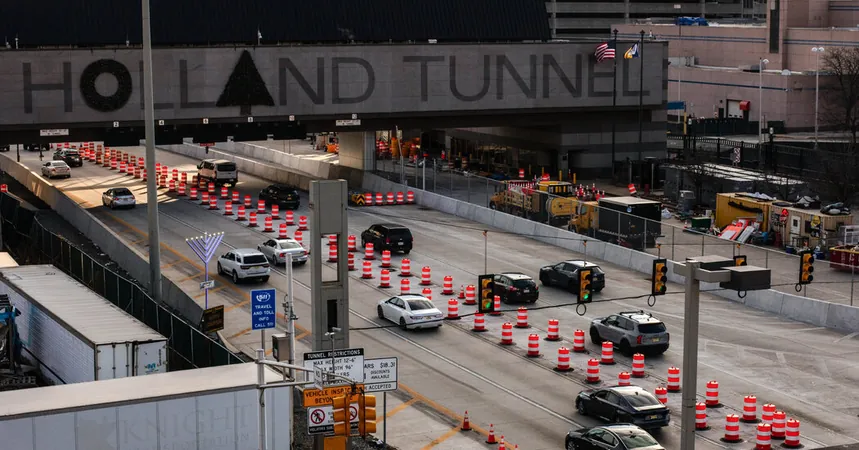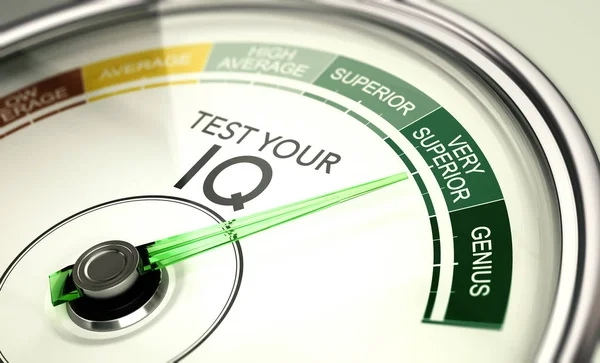
New York City Launches Historic Congestion Pricing: Live Updates and Insights
2025-01-05
Author: Ling
As New York City embarks on its groundbreaking congestion pricing initiative, we bring you the latest updates on this significant venture that has been in the making for decades. The new tolling program, the first of its kind in the United States, was implemented early Sunday morning, strategically chosen to allow a smoother transition before the heavy Monday morning rush hour.
The congestion pricing initiative aims to curtail traffic congestion in one of the world's busiest urban hubs while raising vital funds to repair and improve New York's beleaguered public transit system. Most drivers entering Manhattan’s designated congestion zone, from 60th Street to the Battery, will incur a toll of $9 during peak hours—beyond that, the rates vary depending on the time of day, with lower rates intended to encourage off-peak travel.
History in the Making
The congestion pricing framework has faced considerable challenges over the years, not only from various stakeholders but also due to politics and legal disputes. The program faced recent opposition from New Jersey officials seeking to halt it, but the Metropolitan Transportation Authority (MTA) successfully moved it forward, allowing it to begin operations just after midnight on Sunday.
Initially, the launch experienced no major hiccups, despite the typically harsh winter conditions. A test run on a less busy Sunday meant that officials could troubleshoot in preparation for the inevitable surge of traffic the following work week would bring.
Public Reaction: Mixed Emotions
As the toll began to take effect, reactions from the public were split. Supporters of congestion pricing rallied enthusiastically, chanting phrases like “Pay that toll!” while skeptics expressed their displeasure. This division sets the stage for ongoing discussions about the toll's implications on everyday life in Manhattan.
One Brooklyn resident, Noel Hidalgo, became one of the first drivers to enter the zone, stating, “It’s exciting we are going to be in a situation where we have explicit funding for accessibility.” Conversely, some drivers, like Manoj Bhandari from New Jersey, indicated that they might reconsider how often they travel into the city.
Understanding the Charges
The toll structure varies significantly based on the vehicle type, time of day, and the purpose of the trip. For example, taxis and ride-hailing services like Uber and Lyft will pass some of the costs onto passengers via additional surcharges. This arrangement has sparked concern among drivers and industry leaders, who worry that these costs will ultimately be borne by consumers.
To alleviate the financial burden on low-income drivers, the program includes discounts after a certain number of trips, as well as credits for drivers coming from tunnels that already charge tolls.
Crime and Compliance Challenges
While the program aims to enhance public transportation funding, it also faces the challenge of toll evasion. In previous years, significant revenue losses were attributed to scofflaws who modified their license plates to avoid tolls. The MTA is ramping up measures to combat this kind of illegal activity, including forensics and crackdowns on ghost cars—vehicles that are deliberately modified to sidestep toll collection systems.
Economic Impact on Delivery Services
In addition to individual drivers, the congestion pricing scheme has stirred concern within the logistics and supply chain sectors. Many in these industries fear that increased tolls will lead to higher service costs, which could translate to steep price hikes for consumers in the city. However, advocates argue that reduced congestion may lead to long-term costs savings by improving delivery efficiency and reducing time delays.
A Look Ahead
Congestion pricing has been a topic of discussion and debate in New York City for more than 70 years, inspired by international models in cities like London and Stockholm. Long-time advocates, including economists and former city officials, believe that enforcement of such a system is vital not only for traffic management but also for environmental benefits, as it could lead to a decrease in vehicle emissions.
Despite the uncertainties surrounding its implementation, congestion pricing represents a significant moment in urban traffic management in America. As the city comes to terms with this new reality, the coming weeks and months will be critical in determining its success and acceptance among New Yorkers.
Stay tuned for more live updates as New York City navigates this new phase in its transportation narrative!
Are You Ready for the Change? Share Your Thoughts Below!


 Brasil (PT)
Brasil (PT)
 Canada (EN)
Canada (EN)
 Chile (ES)
Chile (ES)
 Česko (CS)
Česko (CS)
 대한민국 (KO)
대한민국 (KO)
 España (ES)
España (ES)
 France (FR)
France (FR)
 Hong Kong (EN)
Hong Kong (EN)
 Italia (IT)
Italia (IT)
 日本 (JA)
日本 (JA)
 Magyarország (HU)
Magyarország (HU)
 Norge (NO)
Norge (NO)
 Polska (PL)
Polska (PL)
 Schweiz (DE)
Schweiz (DE)
 Singapore (EN)
Singapore (EN)
 Sverige (SV)
Sverige (SV)
 Suomi (FI)
Suomi (FI)
 Türkiye (TR)
Türkiye (TR)
 الإمارات العربية المتحدة (AR)
الإمارات العربية المتحدة (AR)